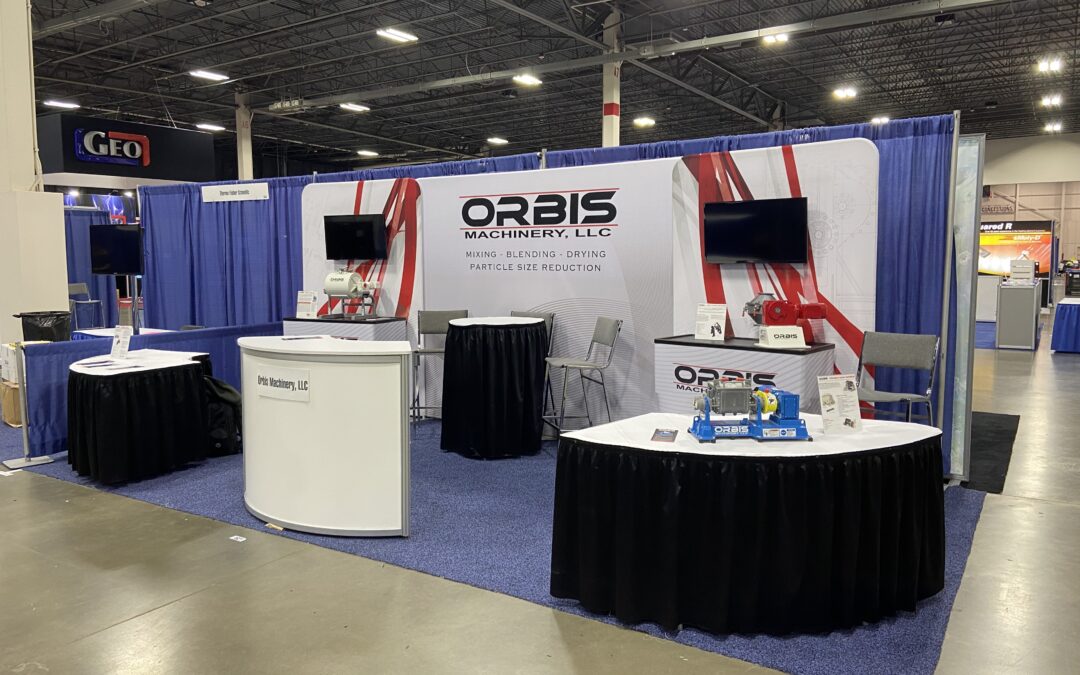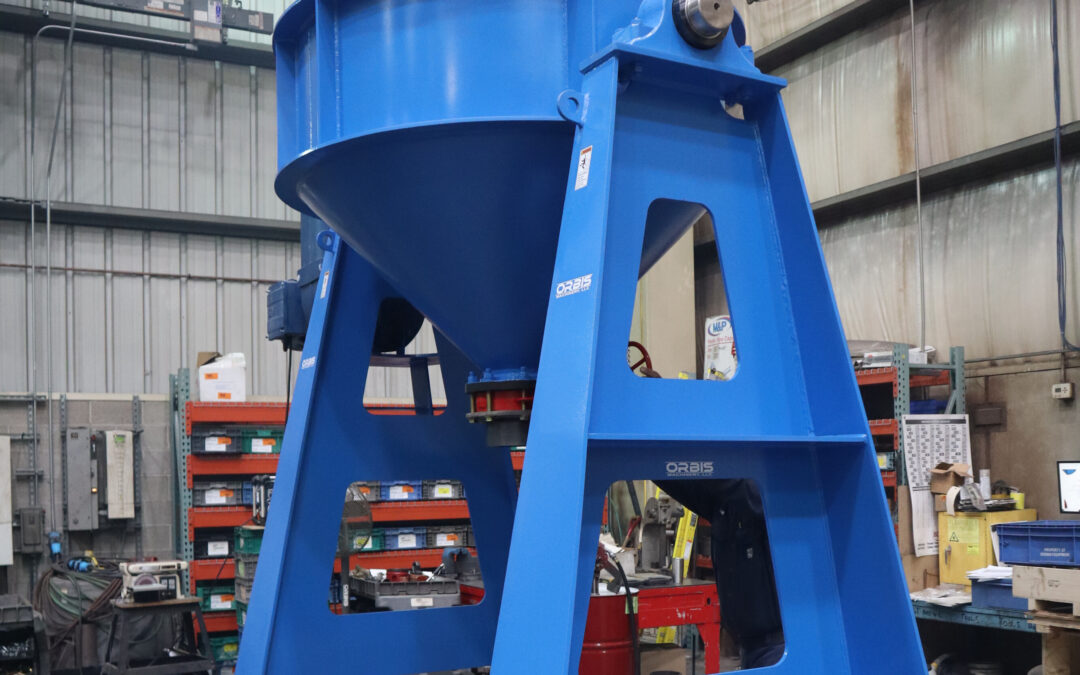Due to technology and growing consumer demands, food and beverage companies are forced to compete at a higher level than ever before. Not only do customers expect quality products but turn out time has become increasingly important in a market seeking instant satisfaction. The faster construction can be completed, the sooner it can start producing a return on investment. So how do you ensure your next project stays on track? Let’s take a look at several ways to best set your projects up for success.
Outlining the Project Scope
Although it seems like an obvious step, defining the project scope is often rushed or overlooked. It is crucial to establish what it is this project is hoping to achieve. All staff involved in the project should work closely with stakeholders to clearly outline goals and expectations. Confirmation should be made to check that these expectations align with the budget and infrastructure. All contacts including the original equipment manufacturers that you will be working with should also be identified and recorded.
One of the challenges of the industry is the ever-changing consumer preferences that drive business. While going through this step, it is important to realize that even though you may have certain expectations for a facility, these may need adjusting based on the company’s needs. Examples include adding new lines, capabilities, or even products. It is impossible to plan for every possible scenario, so it is suggested to build some flexibility into your plans that will allow for accommodations in the future.
Including Installation Costs into the Budget
Equipment cost is always at the forefront of everyone’s mind when determining budget, but the equipment itself isn’t all that needs to be looked at. Communication with your OEMs will allow you to get a clear understanding of any infrastructure needed for your equipment early on. While some equipment is simply plug-and-play, others may require retrofits or construction to accommodate them in your plant.
Also, take into consideration any outside assistance needed from the equipment manufacturers. Some companies may be able to overlook these costs but depending on the type of equipment, many opt to have an individual from the OEM assist with installation.
Regardless of your company’s plans for installation, there will be a cost associated. It is crucial this is accounted for when determining the project budget or else you may be in for a surprise when you receive the bill.
Understanding Infrastructure Capabilities and Requirements
When processing for food and beverages, it’s important to remember that you can only go as far as your utilities will allow. When organizing your plans, make sure to fully grasp the infrastructure capabilities of the current plant along with the requirements to support production.
Once expected equipment is outlined along with its requirements, plans can be made regarding electrical, water, and gas needs throughout the facility. All utility requirements that can be completed ahead of time should be done before constructions crews set foot in your facility. Increased installation speed and minimized complications make this step time well spent.
Factoring Priority Equipment into Scheduling
In the food and beverage industry, most process equipment has a long lead time. This means that you may need to make decisions regarding your equipment sooner than expected. Often, business owners may leave themselves with what they feel should be an adequate amount of time only to learn that the equipment has a 9-month lead time, not including time necessary for testing the equipment and training staff. Procrastinating equipment decisions can easily push back your entire project timeline. It is recommended to work backwards from the moment your equipment needs to be operating at full capacity. Be sure to include buffer time to cushion any unexpected delays with manufacturing or installation.
Be Realistic with Commissioning Times
While your facility may have walls, flooring, and utilities, this does not mean that the work is done. Operating at full-speed requires installing, calibrating and testing new equipment. You must also ensure all equipment meets necessary protocols and employees are trained on the equipment.
Take into consideration that construction may have an affect on other parts of the facility. Often, installation of new equipment requires other parts of the plant to shut down or be taken offline. Failing to plan for these situations can result in major downtime and delays in production. Always think several steps ahead during project completion and maintain communication with your team to ensure a successful and efficient plan.
Allsup, T. (2018, August 02). How to Keep Your Food Plant Construction Project on Track. Retrieved from http://stellarfoodforthought.net/how-to-keep-your-food-plant-construction-project-on-track/
Landowski, J., & McGrogan, M. (2018, August 02). Food Plant Design-Build: Overcome Potential On-Site Construction Challenges with 2 Simple Solutions. Retrieved from https://www.manufacturing.net/blog/2016/09/food-plant-design-build-overcome-potential-site-construction-challenges-2-simple-solutions



